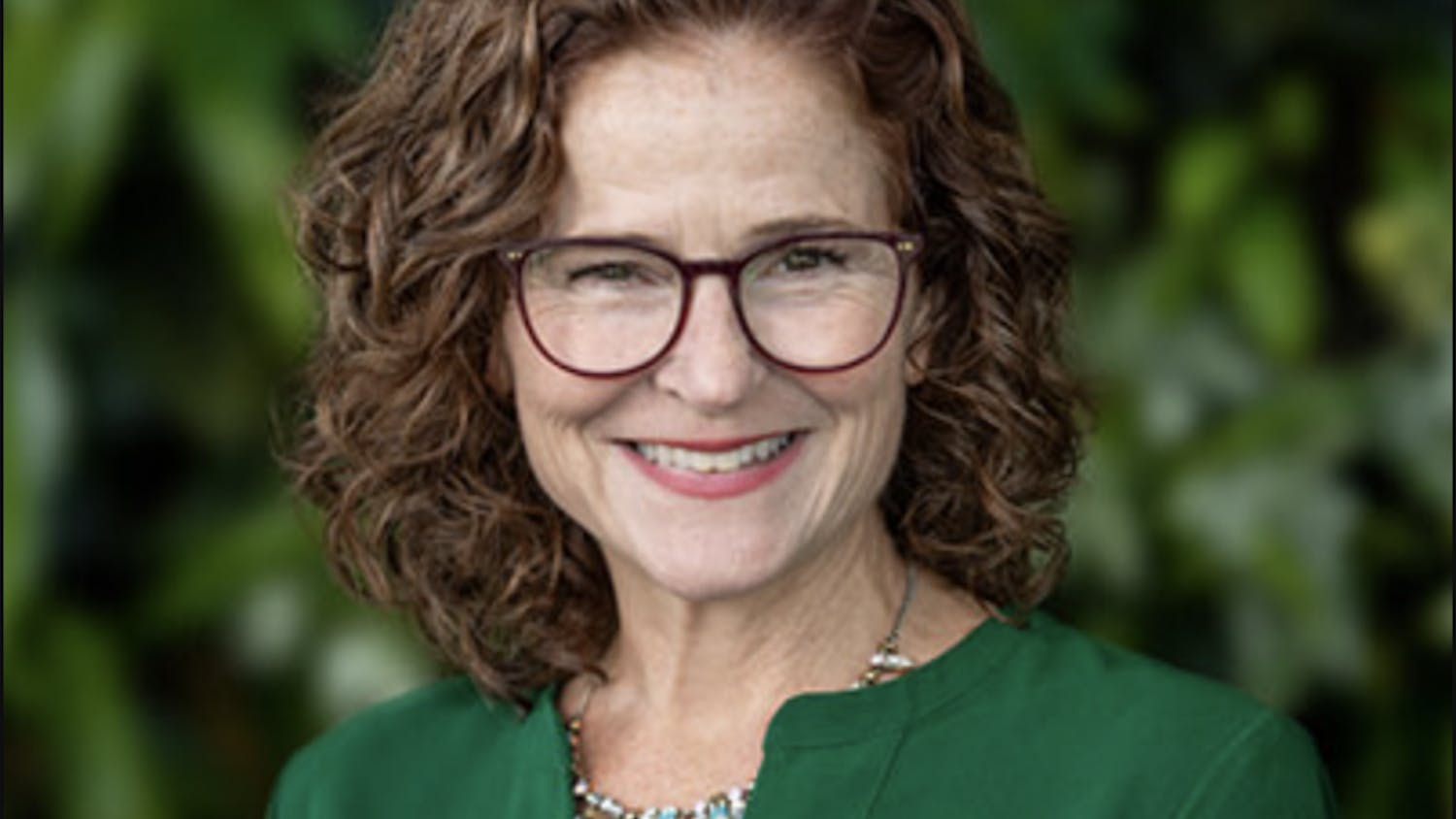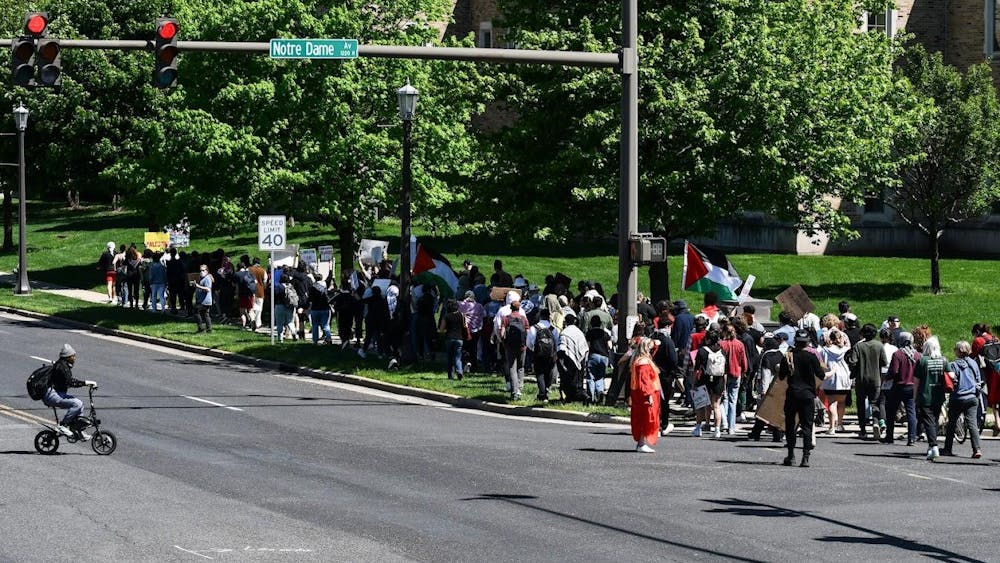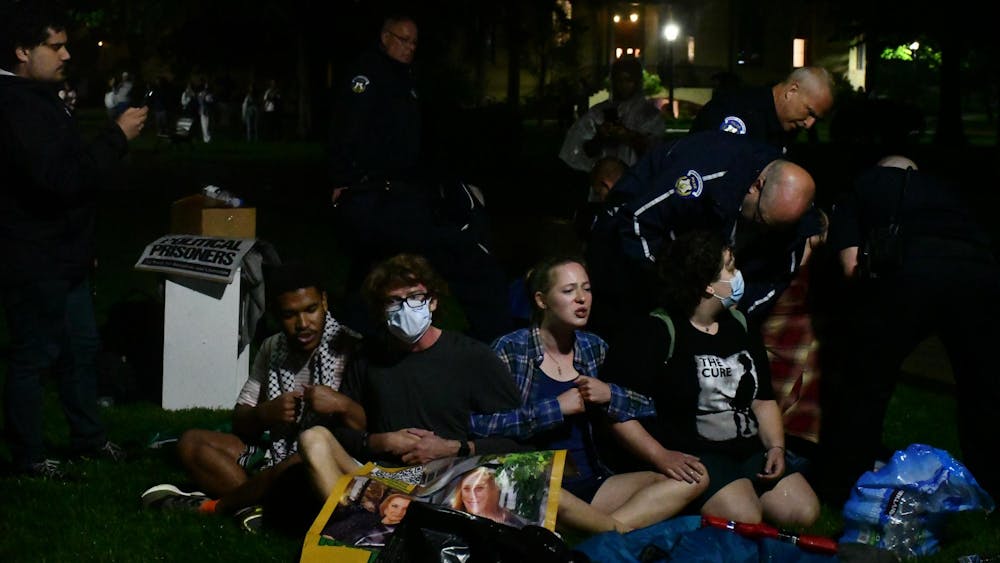In the aftermath of the release of 2015 Campus Climate Survey results, the community’s attention turned harrowing numbers suggesting Notre Dame is not different from other schools in terms of the national campus sexual assault epidemic. The survey found 25 percent of female student respondents reported experiencing non-consensual sexual contact or sexual intercourse while enrolled at the University. Six percent of male respondents also reported experiencing non-consensual sexual contact or sexual intercourse while a student.
But, while 407 students reported experiencing sexual violence in the last calendar year, only 43 respondents said they had been involved in a University sexual misconduct investigation or administrative hearing process as either a respondent or a complainant.
Of the survey respondents who had been involved in the University conduct process, 40 percent reported they were somewhat dissatisfied or dissatisfied with the impartiality of the administrative investigation — 54 percent of the students who identified themselves as respondents in cases. Additionally, 58 percent of students who had been involved in an investigation said they were either somewhat dissatisfied or dissatisfied with the timeliness of the investigation.
According to the survey responses, the five students who had been involved in an administrative hearing as a respondent were overwhelmingly dissatisfied with the timeliness and impartiality of that process. Zero percent of those respondents were satisfied or somewhat satisfied with both the impartiality and the timeliness of the administrative hearing process. Additionally, of the 10 complainants who responded, half were either dissatisfied, somewhat dissatisfied or neutral about both the impartiality and timeliness of the hearing process.
Ryan Willerton, director of the Office of Community Standards (OCS), said this information “deeply troubles [him].”
“Any time we have a student with concerns about impartiality is concerning,” Willerton said. “I think when we look at the timeliness, the thing that I want to really drill down to you is that the timeliness from the incident to the resolution, the timeliness from the incident to the investigation to the actual administrative hearing, we are trying to reduce that window as much as possible.”
Willerton said the length of the hearing process stemmed from the complex nature of sexual misconduct cases and the need for a thorough review of each one.
“ … We don’t make rash decisions, we don’t make decisions based on emotions walking out of a hearing — we actually have to look at the information and determine, more likely than not, is there sufficient information to determine that the policy has been violated?” he said. “Not has an incident happened, or has a student been impacted, but do we have enough information to determine has a policy been violated, using that preponderance of evidence, that more likely than not standard — and that takes time.
“I recognize that everybody going through the process, whether it’s a complainant, a respondent, a witness, a friend, a family member, everybody is impacted in some way and it is trying to make efforts to reduce the window of time that we do as much as possible and it is something we continue to work on,” he said.
According to Willerton, while it is not always possible, the University tries to resolve all sexual misconduct complaints within 60 days.
“ … From the time that the report is made to [deputy Title IX coordinator] Heather [Ryan] to the time that we can communicate the decision from the administrative hearing, we want to do everything we can to get that decision within 60 calendar days, as much as possible, not looking at University break periods when students are away. That’s our goal and target — if we can make it shorter than that, outstanding,” he said.
Looking forward, Willerton said the feedback OCS received from the survey and from students directly helps shape the office’s policy.
“There isn’t an easy answer to it, but seeing this information on paper is a great way to draw attention to the concern,” he said. “So whenever we receive concerns, we want to find some way to respond, whether it’s related to policies during our annual policy review over the summer, whether it’s looking at our business practices — this is key.”













